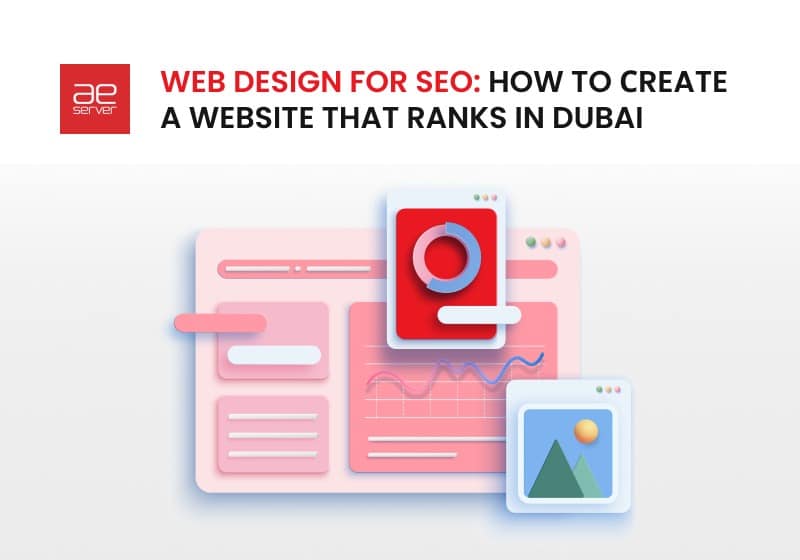
URL Blacklist: What It Is & How to Prevent It
The Internet can be an incredible place to show your presence online and connect with the world. However, it can also be a terrifying place where your personal information, data, server, or website is at risk.
To make the world wide web safer, the government and some authorised bodies have implemented safety laws and standards like PCI and CISPA.
Another safety measure that search engines have passed is URL blacklisting. It is designed to prevent users from visiting malicious websites. While browsing the web, if you get a warning message that encourages you to go back instead of proceeding to the site, it means you’ve clicked on a blacklisted site.
This post has brought most of the knowledge you need to know about URL blacklisting. Let’s dig a little deeper into it.
What is a URL blacklist?
In a nutshell, URL blacklisting is a process where search engines like Google, Bing, and other authoritative bodies blacklist or drop a website from their index and offer visitors a secure browsing experience. The websites that are infected by malicious activities like phishing schemes, trojan horse scams, and so on would be considered dangerous by search engines. So whenever a user clicks on a website that has been blacklisted, they will get a warning message not to visit the site. For example, if you’re using Google Chrome, you’ll get a warning message something like this: “The site ahead contains malware,” depending on what type of malicious activity has been detected.
The visitors can still visit the website if they want to. The warning page is an effective way of protecting users online and encouraging them to return to the SERP or the previous site they were on.
What is the Google Blacklist?
Google’s blacklist contains the list of websites that it found potentially dangerous. Google’s blacklist algorithm is an automatic one that compiles users’ feedback to maintain a list of malicious websites. These websites can be:
Social engineering pages:
can be known as deceptive sites. That used to trick users into doing something dangerous like providing sensitive information or installing unwanted software.
Malware pages:
Are websites that contain malicious code, which can download and install harmful software without your permission. This software can steal your personal information or use your computer/server to do unintended activities.
Unwanted software pages:
include pages that promote software that violates the Google software principle. It can be harmful to user experience as these pages advertise a scheme that does not meet and collect the private information of the users without their consent.
The goal of Google safe browsing service is to provide users a safe place to browse while protecting them from phishing and malware; it can penalize the websites that have been infected without any awareness. The result will be a loss in traffic and revenue, especially for business sites.
To avoid the loss, let’s move forward with the reasons why websites get blacklisted.
Why Do Websites Get Blacklisted?
Both visitors and site owners need to know why a website might get blacklisted. For visitors, it will help them to understand the risk of visiting a harmful site. For owners, it will help them to avoid being blacklisted.
There are endless reasons a website can get blacklisted. Some of the common ones are:
Phishing Schemes
The majority know the term phishing. It is the most common reason for a website to get blacklisted. The sites pretend to be legally containing links that redirect the visitor to a phishing site and cheat users into sharing their personal and financial information.
Most of the time, site owners are unaware that their website contains phishing links. Hackers frequently work to take control of a site and post their malicious links on it.
Malware code
Another most common reason for a website to get blacklisted is that malware code is detected. Hackers use this technique to compromise your computer security, steal your information, or get involved in any illegal activity. Malware can be in any form; some of the most common malware are:
- Trojan horse
- Virus
- Adware
- Spyware
- Ransomware
- botnets
SEO Spam
SEO spam, also known as spam indexing, adds spammy content to high-ranking websites to manipulate search engine results. It can be as simple as adding excessive keywords to hacking a website by taking advantage of its SEO.
For example, a hacker can target keywords related to any popular product of a specific website and try to tempt victims to their scams. Then they hack a high-ranking website and add keywords to rank on search terms related to that product, and at last, they insert links to attract users in an attempt to sell illicit items.
How To Know if a Website Is Blacklisted
To check a website, whether it’s blacklisted or not, you can run different security checks. The easiest way for checking is to open your website in a browser. If you get a warning page, it means your site is blacklisted.
The most authentic and safe way is to use Google’s safe browsing tool. You can type in the URL of your website, and It will allow you to know the current status of your website. If the status shows up as “dangerous,” then it’s time to fix the problem.
How To Avoid Being Blacklisted
Prevention is better than cure!
It’s always a good practice to take security measures before you get stuck in a big problem. Let’s see how you can prevent your website from being blacklisted.
Choose a Secure Web Host
Choosing a secure and reliable web host has always been a fundamental step to your business growth. If you don’t know the importance, a quality host can help you in every situation you never even think of.
Choose a host that can monitor the security and help you prevent malicious activities.
What’s better than quality and cheap hosting at once? To avoid being blacklisted, AEserver provides you with a site lock security tool that automatically scans your website for malware and lets you know if there are any security breaches.
Keep Your Software Up-to-Date
Hackers are always looking for loopholes to break into your site, and this can happen using obsolete plugins, libraries, themes, or any other app used in your website.
Updating your software and third-party apps is necessary to keep your website protected. You can update manually, but using an auto-update mechanism would be better.
Use Strong Passwords
If your passwords are not strong enough, hackers can steal your password, log in to your account, and add malicious software and harmful coding that can lead to your website being blacklisted.
We always encourage our customers to use a solid and unique password containing uppercase and lowercase letters, numbers, symbols, and nonsensical letters.
Use White Hat Techniques
In SEO, good and bad practices are called white hats and black hats. Sometimes Google blacklists a page for black hat optimization techniques; it includes stealing content, copyrighted images, and videos from other pages and other poor activities that don’t meet Google’s standard.
Instead of poor activities, use white hat techniques so that you will not end up being blacklisted.
How To Fix an Existing Blacklist Issue
If you already got a blacklist penalty by Google, you can fix it in three steps by directly contacting Google.
- Identify the infection by using security scanning software (SiteLock).
- Once you identify what’s causing the infection, you can start removing the infection or infected content from your website. It’s better to have a website backup first before doing such action.
- After fixing the issue, you can submit your website to Google for a review. To do so:
- Open Google search console.
- Goto security issues tab.
- Click “I have fixed these issues.”
- Click “request a review.”
- Now provide the details such as your actions to solve the issue.
It will take some days to review your website. Once it’s done and no issues found, Google will remove your website from the URL blacklist.
Conclusion
Implementing security measures will not waste time, and investing in security will not be a waste of money. As we already mentioned, it’s always better to protect yourself before facing some big problems.
Luckily if you’re a customer of AEserver, we provide security tools in almost every plan because security has always been our top priority. Whatever plan you are using, our security expert team is available 24/7. You can contact us at any time.



